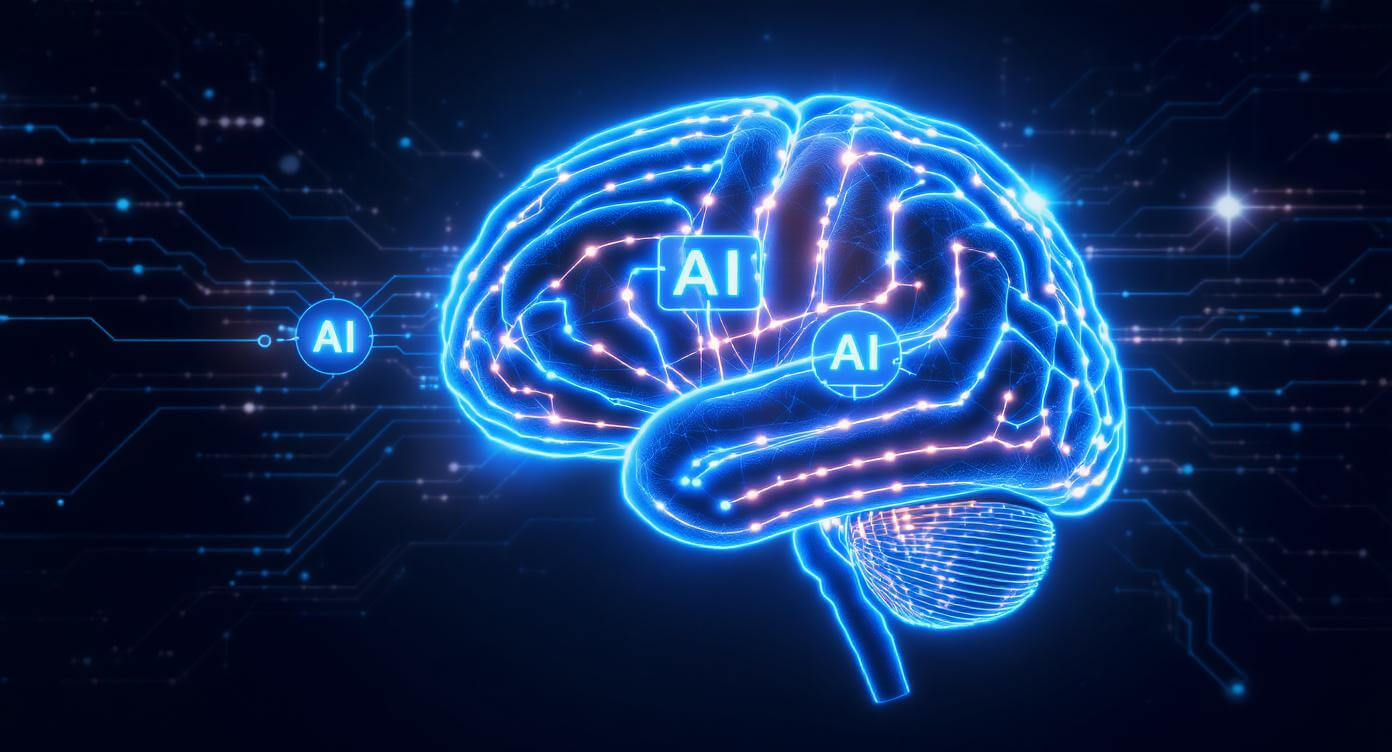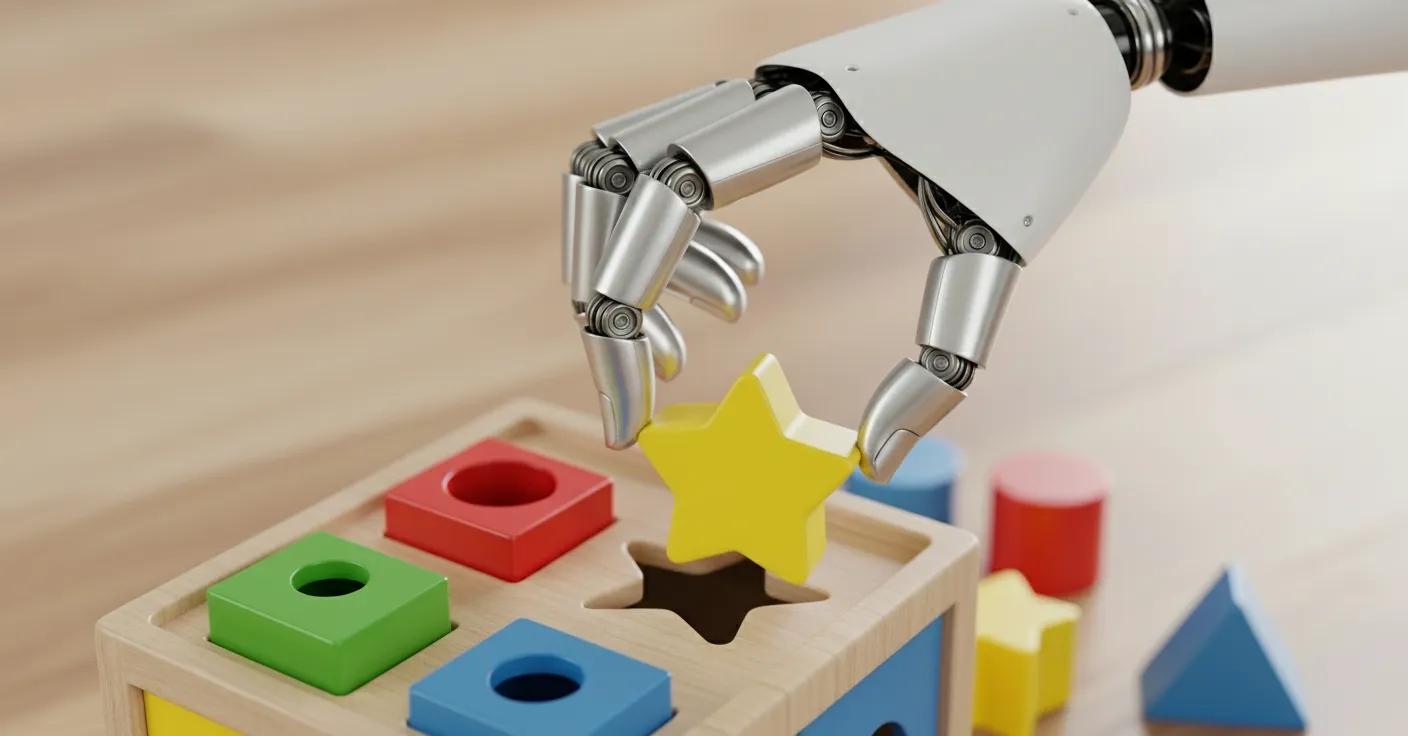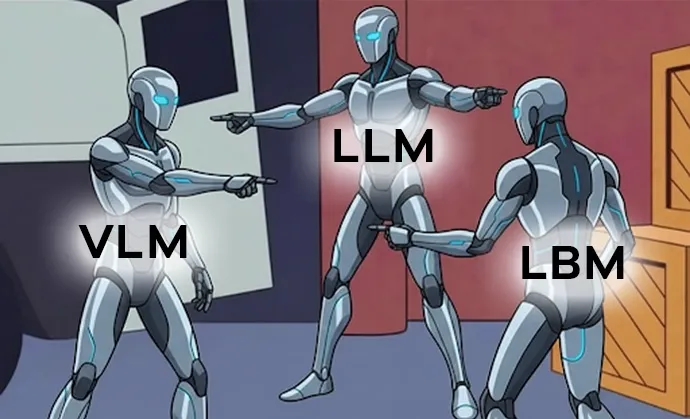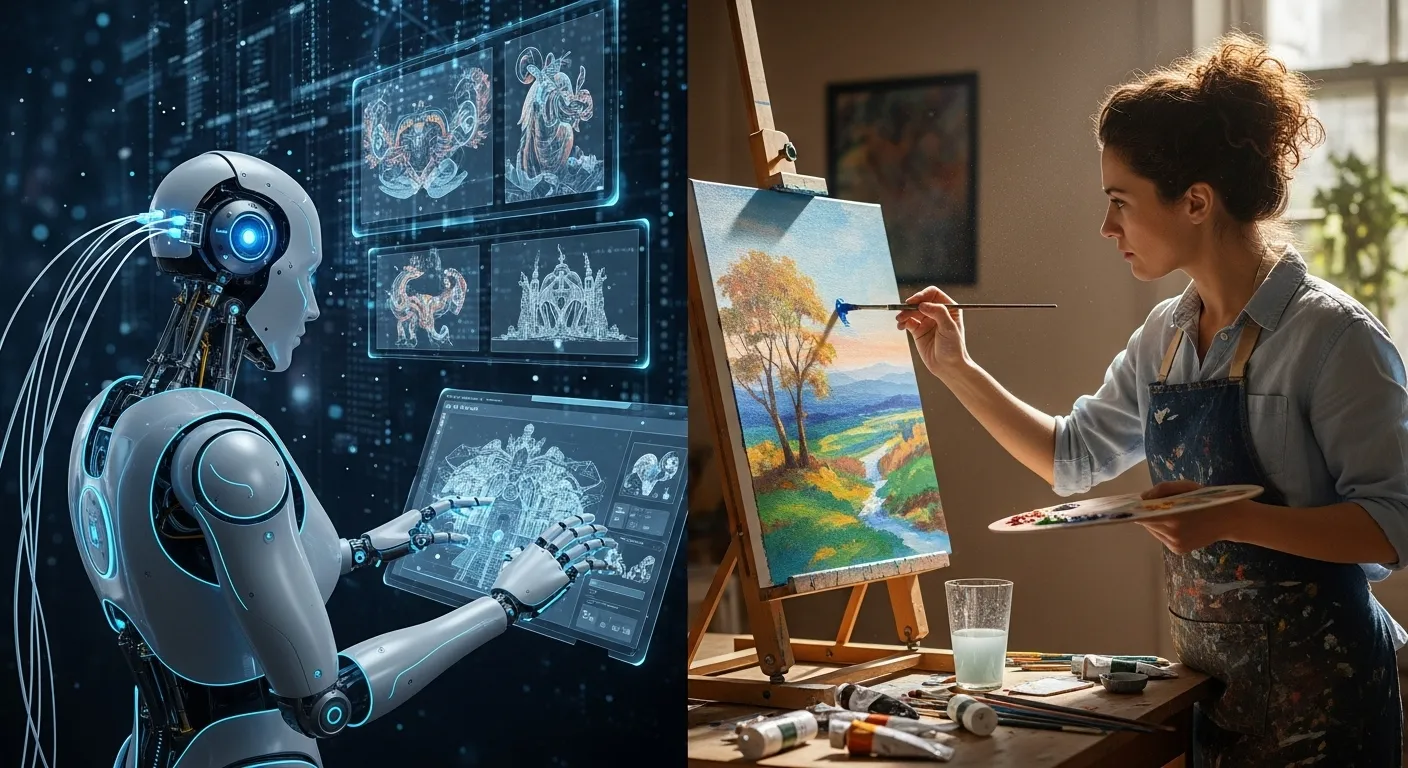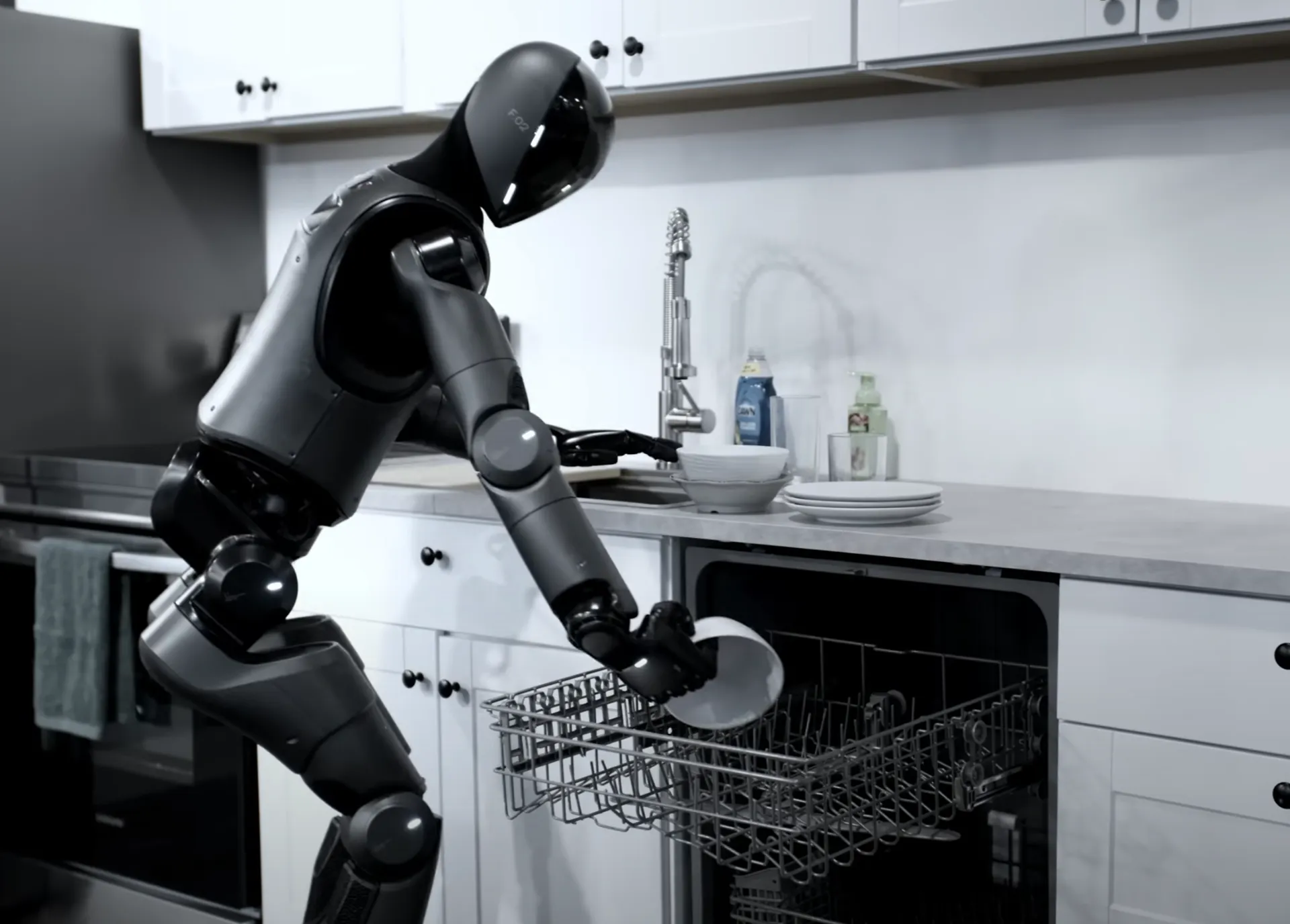- Traditional robots were limited to repetitive, pre-programmed tasks in controlled environments, lacking flexibility.
- AI transformed humanoid robots into intelligent systems that perceive, think, and act—processing visual, auditory, and tactile inputs to understand and interact with complex real-world scenarios.
- Advanced AI perception enables robots to recognize objects, people, and emotions, while decision-making algorithms plan, learn, and adapt autonomously.
- Virtual training environments accelerate learning by allowing robots to practice millions of scenarios safely before real-world deployment.
- Robot programming is becoming more accessible, using natural language and intuitive interfaces, broadening adoption beyond expert programmers.
- Examples like Tesla’s Optimus and Sanctuary AI’s Phoenix demonstrate AI-driven humanoids capable of varied, autonomous tasks in homes, factories, and warehouses.
- The future points to smarter, more socially aware humanoids powered by evolving AI hardware and cutting-edge technologies, improving collaboration with humans across industries.
- AI acts as the essential brain, enabling humanoids to become indispensable partners in the digital economy and everyday life.
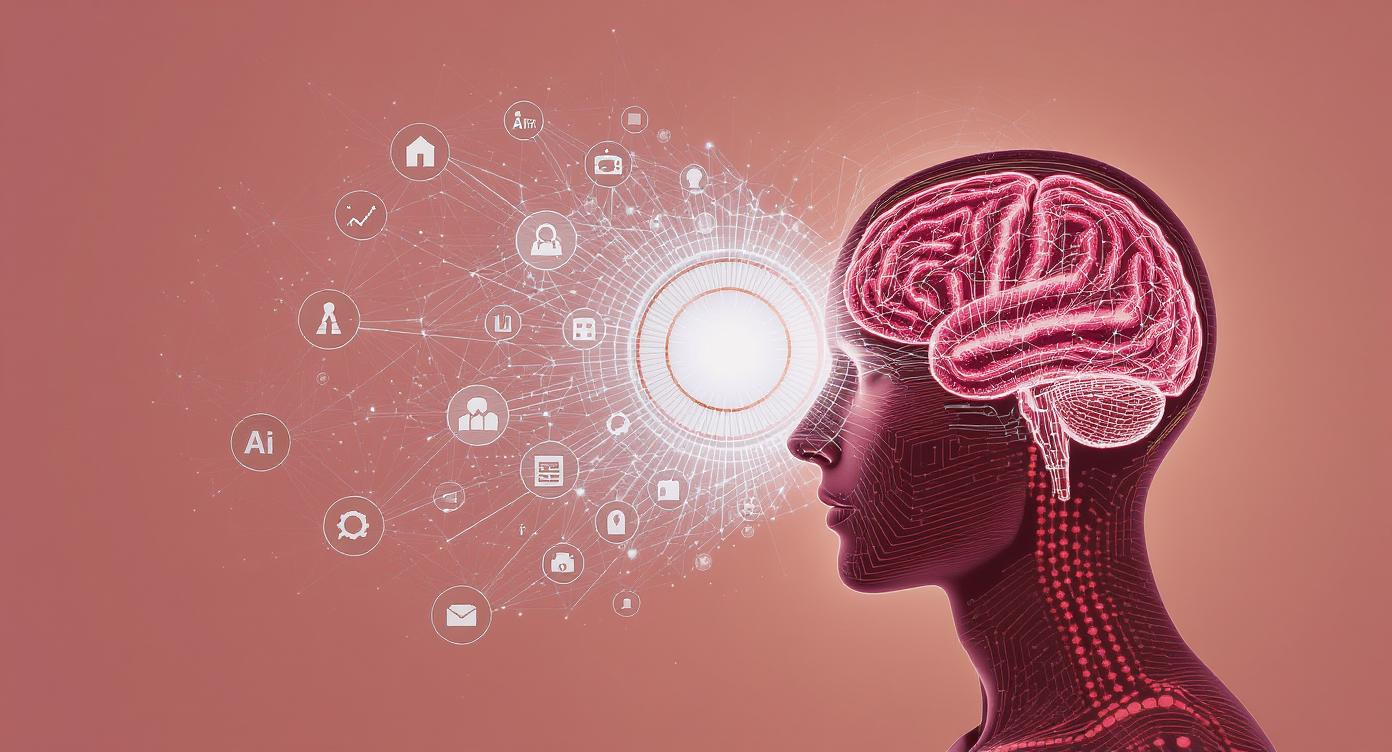
The Evolution of AI in Humanoid Robots
For decades, robots were confined to the factory floor—performing repetitive, pre-programmed tasks in tightly controlled environments. These machines were impressive in their precision but limited in flexibility. The real challenge wasn’t just building the physical robot; it was programming it to handle the unpredictable, messy realities of the world outside the lab. That’s where artificial intelligence (AI) stepped in and changed everything.
How AI Transformed Robots from Machines to Thinkers
Today’s humanoid robots are no longer just mechanical arms executing fixed routines. Thanks to AI, they can see, hear, feel, and think in ways that were science fiction only a few years ago. These robots combine perception, cognition, and action into a seamless whole. They interpret visual inputs from cameras, auditory signals from microphones, and tactile feedback from sensors on their skin. They understand natural language commands and plan multi-step tasks in real time.
This cognitive leap is what sets modern humanoids apart from their predecessors. Instead of blindly following scripts, they learn and adapt—much like humans do.
Seeing and Understanding the World
At the heart of this transformation is AI-powered perception. Humanoids use a suite of sensors—cameras, lidar, microphones, and touch sensors—to build a rich, detailed map of their surroundings. For instance, computer vision algorithms allow robots to recognize objects, identify people, and even detect emotions by analyzing facial expressions or tone of voice.
But perception is just the first step. Once the environment is understood, AI algorithms kick in to make decisions. The robot plans its path to avoid obstacles, sequences tasks to achieve goals efficiently, and learns from experience to improve over time. Techniques like reinforcement learning and deep neural networks enable robots to refine their behavior autonomously, without needing constant human input.
Training Robots in Virtual Worlds: A Game-Changer
One of the most exciting innovations in AI-driven robotics is the use of virtual environments for training. Instead of relying solely on physical trial and error—which is slow, costly, and sometimes risky—robots are now “learning” in simulated worlds.
Companies like Nvidia have pioneered this approach. In these virtual spaces, robots can practice millions of scenarios, encountering a vast array of situations before ever stepping into the real world. This method accelerates development, cuts costs, and prepares robots to handle unexpected challenges once deployed.
For humanoids, which must navigate complex, human-centric environments, this kind of training is indispensable. It’s like giving them a virtual playground to master their skills before the real test.
Making Robot Programming More Human-Friendly
Programming robots used to be the domain of specialists writing complex code. AI is changing that too. Today, humanoid robots can be taught through natural language commands, demonstrations, or intuitive interfaces. This democratization means businesses of all sizes can customize robots for their unique needs without needing a team of programmers.
This accessibility is critical for scaling humanoid robotics beyond research labs and into everyday industries.
Real-World Examples of AI-Powered Humanoids
Several cutting-edge humanoid robots showcase the power of AI integration:
Tesla’s Optimus is learning household chores and factory tasks using AI-driven perception and learning. It walks, navigates obstacles, and manipulates objects with increasing autonomy, powered by the same neural networks that drive Tesla’s self-driving cars.

Sanctuary AI’s Phoenix Gen 7 and Gen 8 models mimic human cognition, memory, and reasoning, enabling them to perform tasks like folding towels and operating warehouse tools without supervision.
Startups like Figure AI are creating flexible, general-purpose humanoids designed for industrial and service applications, leveraging AI to adapt to varied environments.
What the Future Holds for AI in Humanoids
As AI hardware continues to improve—becoming faster, more energy-efficient, and more powerful—humanoid robots will only get smarter. Emerging technologies like quantum computing and embodied AI promise to push robot cognition and autonomy to new heights.
Moreover, AI will deepen the quality of human-robot interaction. Future humanoids will better understand social cues, emotions, and context, making collaboration with humans more natural and effective.
Conclusion: AI as the Brain of Modern Humanoids
Artificial intelligence is truly the brain behind today’s humanoid robots. It enables them to perceive their surroundings, think through complex problems, and act autonomously in real-world environments. This fusion of AI and robotics is unlocking new possibilities—from healthcare and manufacturing to retail and personal assistance.
With ongoing advances in AI training, perception, and decision-making, humanoid robots are set to become indispensable partners in our evolving digital economy, reshaping industries and everyday life in profound ways.
